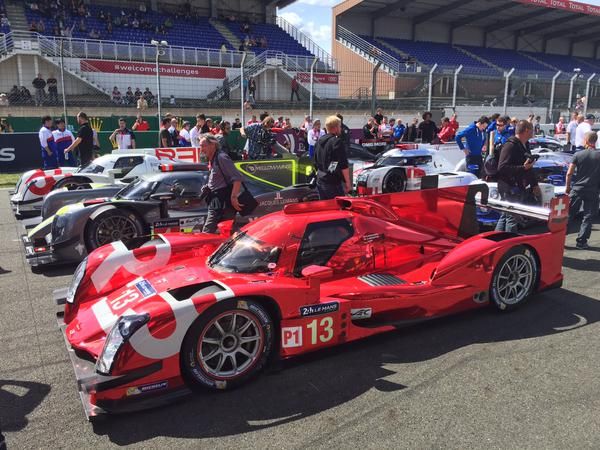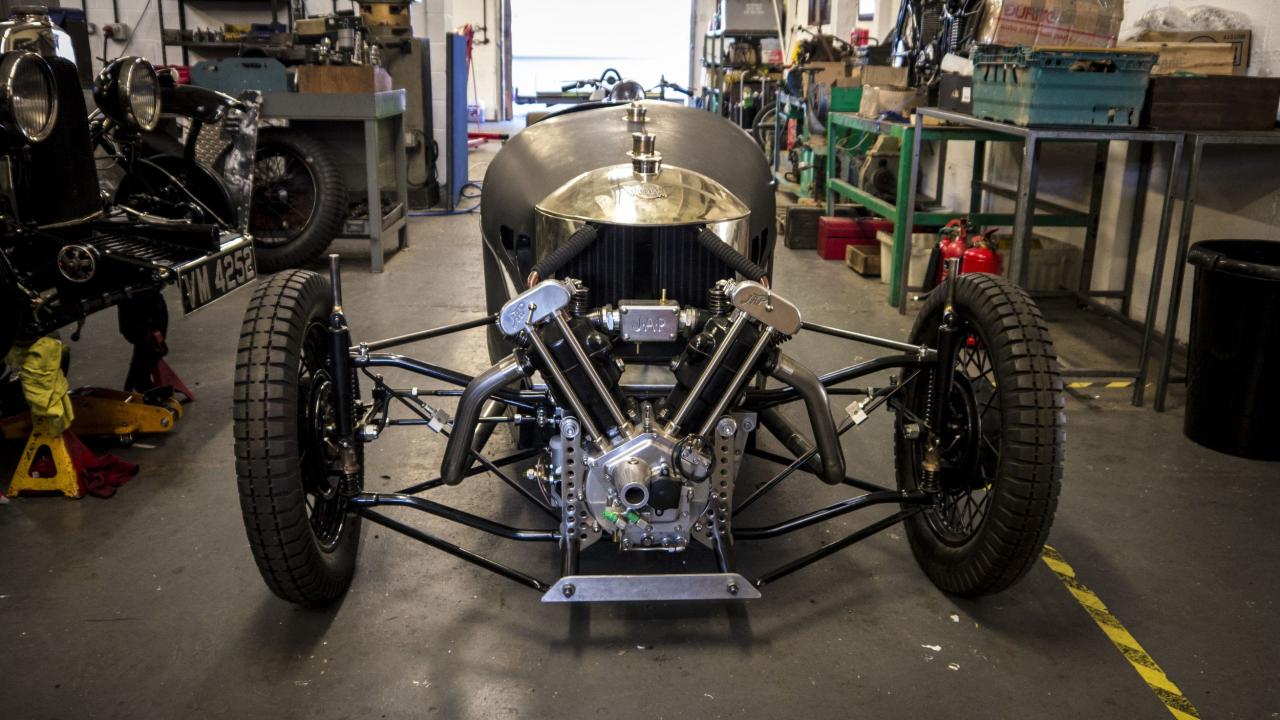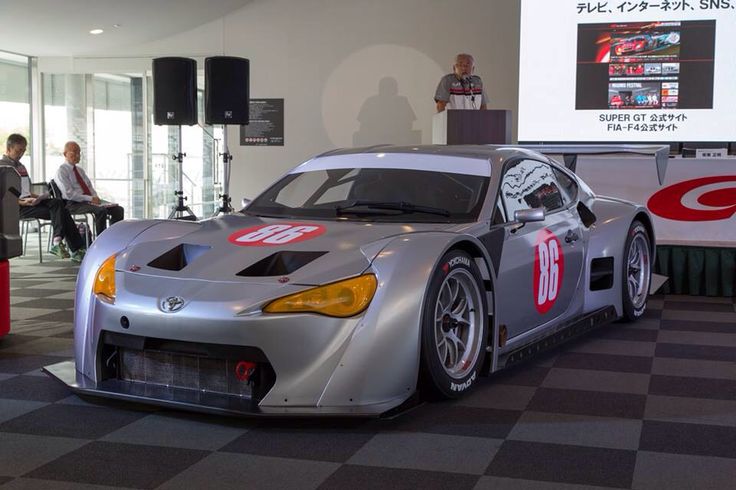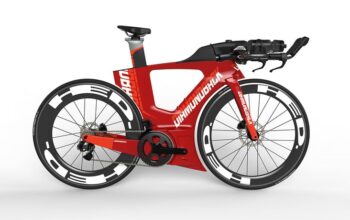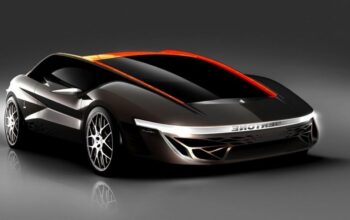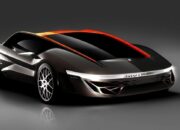The thundering roar of engines, the blur of speed, and the relentless pursuit of victory—this is the captivating world of motorsport. Far from being mere entertainment, racing circuits serve as the ultimate proving grounds for automotive innovation. It’s a high-stakes laboratory where engineers push the boundaries of physics, aerodynamics, and material science, all in the quest for a competitive edge. What often begins as a revolutionary concept on the race track frequently trickles down, evolving and adapting to enhance the performance, safety, and efficiency of the very vehicles we drive on our everyday roadways. This article delves deep into the fascinating symbiotic relationship between motorsport engineering and consumer automotive technology, exploring the historical evolution of this transfer, the key technological innovations that have made the jump, the benefits they bring to daily driving, and the exciting future trends that promise to continue this vital exchange.
The Race-to-Road Pipeline: A Historical Perspective
The transfer of technology from motorsport to production vehicles isn’t a recent phenomenon; it’s a long-standing tradition rooted in the very beginnings of automotive development. Early pioneers like Ettore Bugatti and Henry Ford were intrinsically linked to racing, using competitions to test their designs and showcase their prowess.
Historically, racing served several critical functions for mainstream automotive development:
A. Accelerated Development Cycles: The intense pressure of competition and the rapid iteration required to gain an advantage force engineers to innovate at an incredibly fast pace. A single race season can condense years of conventional R&D. B. Extreme Testing Environments: Race tracks subject components and systems to stresses far beyond what a typical road car experiences. This extreme testing uncovers weaknesses and pushes the limits of durability, reliability, and performance. C. Brand Building and Marketing: Success on the track translates into prestige and perceived performance for a brand’s road cars, driving sales and consumer confidence. D. Talent Incubation: Motorsport serves as a breeding ground for top engineers, designers, and strategists who later apply their skills to mainstream automotive projects.
From the rudimentary brakes of early racing to the sophisticated hybrid powertrains of modern Formula 1, the pipeline from race to road has continually fed groundbreaking innovations into the vehicles in our driveways.
Key Technological Transfers: From Track to Tarmac
The list of technologies that have migrated from motorsport to road cars is extensive and ever-growing. Here are some of the most impactful examples, categorized by their primary function:
A. Powertrain Innovations
The heart of any vehicle, the engine, has seen tremendous influence from racing.
- Turbocharging and Supercharging: While forced induction existed before racing, its widespread adoption and refinement owe much to motorsport. Early turbocharged F1 cars in the 1980s showcased immense power, and over time, engineers adapted these systems for reliability and efficiency in road cars. Today, smaller, turbocharged engines are commonplace, offering powerful performance with better fuel economy than larger, naturally aspirated counterparts.
- Direct Fuel Injection (GDI): Initially developed for high-performance aircraft engines and later refined in racing, GDI precisely injects fuel directly into the combustion chamber. This allows for more efficient combustion, increased power, and reduced emissions, now standard on most modern gasoline engines.
- Advanced Valve Train Systems: Technologies like Variable Valve Timing (VVT) and Variable Valve Lift (VVL) were first perfected in racing to optimize engine breathing across different RPMs. These systems significantly improve both low-end torque and high-end power, contributing to both performance and fuel efficiency in road cars.
- Hybrid Powertrains and Energy Recovery Systems (ERS): Modern Formula 1 cars are complex hybrid machines, utilizing Kinetic Energy Recovery Systems (KERS) and heat energy recovery systems (MGU-H) to store and redeploy energy. This groundbreaking technology directly influenced the development of performance hybrids like the Porsche 918 Spyder, McLaren P1, and Mercedes-AMG Project ONE, and even extends to mainstream hybrid vehicles, where regenerative braking recovers energy normally lost during deceleration.
- Multi-Clutch Transmissions (Dual-Clutch Transmissions – DCTs): Pioneered in racing for lightning-fast, seamless gear changes, DCTs are now widely available in performance road cars. They offer the efficiency of a manual transmission with the convenience of an automatic, greatly enhancing driving engagement.
B. Chassis and Suspension Enhancements
How a car handles and connects to the road is crucial for both performance and comfort, and racing has been a huge driver here.
- Independent Suspension: Early cars and race cars often used solid axles. The need for better handling and tire contact on uneven surfaces led to the development of independent suspension systems, allowing each wheel to move independently. This concept, refined through decades of racing, is now universal in modern road cars, providing superior ride comfort and handling.
- Adjustable Suspension Systems (Dampers and Springs): While manual adjustments were common in racing, modern road cars now feature electronically controlled adaptive dampers that can adjust damping rates in real-time. This technology, refined on the track, allows drivers to switch between comfortable touring modes and stiff, sporty settings, optimizing ride quality and handling based on conditions or preference.
- Lightweight Materials: The obsession with reducing weight in racing, primarily through the use of carbon fiber, aluminum alloys, and magnesium, has directly translated to road car construction. This lightweighting improves performance, handling, and fuel efficiency (or EV range) without sacrificing safety.
- Aerodynamics: Every curve and vent on a race car is meticulously designed to manage airflow. Concepts like downforce-generating spoilers, diffusers, and flat underbodies, once exclusive to racing, are now subtly integrated into road car design to improve stability, reduce drag, and enhance fuel efficiency. Active aerodynamics, like deployable spoilers, also began in racing.
C. Braking Systems
Stopping power is as crucial as acceleration in racing, leading to advancements that benefit every driver.
- Disc Brakes: While early cars used drum brakes, disc brakes, offering superior stopping power and fade resistance, were developed and perfected in racing, becoming standard on road cars.
- Anti-lock Braking Systems (ABS): Initially conceived for aircraft and then refined in motorsport, ABS prevents wheels from locking up under heavy braking, allowing the driver to maintain steering control. It’s now a mandatory safety feature globally.
- Ventilated and Cross-Drilled Rotors: Designed to dissipate heat more effectively, preventing brake fade during prolonged, hard braking. These features, common on performance road cars, directly derive from racing demands.
- Carbon Ceramic Brakes: Offered as an option on high-performance road cars, these provide immense stopping power, incredible fade resistance, and significant weight savings, a direct carryover from top-tier racing.
D. Safety Innovations
Racing is inherently dangerous, leading to intense focus on occupant protection, with lifesaving benefits for road users.
- Crumple Zones: The concept of strategically designed vehicle structures that deform in a controlled manner to absorb crash energy and protect the passenger cell was extensively developed and tested in motorsport, influencing passive safety in all road cars.
- Roll Cages and Reinforced Chassis: The principles of creating rigid, protective structures around occupants, seen in race car roll cages, have influenced the design of high-strength steel safety cells in road cars.
- Multi-Point Seatbelts: While not identical, the development of sophisticated harness systems in racing paved the way for more robust and effective seatbelt designs in production vehicles, particularly in performance models.
- HANS Device (Head and Neck Support): While the device itself isn’t in road cars, the research into protecting the head and neck during high-G impacts has influenced advancements in seat design and headrest geometry in road cars to mitigate whiplash.
- Fire Suppression Systems: Racing environments demand rapid fire suppression. Technologies developed for quick and effective fire extinguishing have influenced fire safety protocols and materials in road car design.
E. Driver Aids and Electronics
Modern cars are highly electronic, and many of these systems have racing roots.
- Traction Control Systems (TCS) and Stability Control Systems (ESC): These electronic aids, which prevent wheel spin and help maintain vehicle stability during cornering or slippery conditions, were first developed to help race car drivers manage powerful engines and complex dynamics. They are now standard and often mandatory safety features in all road cars.
- Telemetry and Data Logging: The ability to collect vast amounts of data about a car’s performance (speed, RPM, G-forces, suspension travel, tire temperatures) originated in racing. While not as extensive, modern road cars use similar principles for diagnostics, performance monitoring, and even infotainment systems.
- Paddle Shifters: The ability to shift gears manually via paddles on the steering wheel, popularized in F1, is now a common feature on many automatic performance road cars, offering a more engaging driving experience.
- Launch Control: Automating the perfect start for maximum acceleration, a feature refined in racing, is now available on many high-performance road cars.
The Broader Impact on Daily Driving
The trickle-down of motorsport engineering isn’t just about making road cars faster; it profoundly impacts the everyday driving experience in multiple ways:
A. Enhanced Safety for All
Perhaps the most significant benefit is the continuous improvement in vehicle safety. From stronger chassis materials and more effective crumple zones to electronic aids like ABS and ESC, technologies born from the crucible of racing have saved countless lives and prevented injuries on roadways worldwide. The lessons learned from analyzing high-speed crashes in motorsport directly inform the design of safer family sedans and SUVs.
B. Improved Fuel Efficiency and Reduced Emissions
The lightweighting trend, driven by racing’s need for speed, directly translates to better fuel economy for consumers. Every kilogram removed reduces the energy required to move the vehicle. Furthermore, advanced engine technologies like direct injection and turbocharging, refined in competition, extract more power from less fuel, contributing to lower emissions and reducing our carbon footprint. The push for hybrid and electric powertrains in racing (like Formula E and Le Mans hybrids) is accelerating the development of more efficient and sustainable road vehicles.
C. Better Performance and Driving Dynamics
Even if you’re not driving a supercar, your everyday vehicle benefits from motorsport engineering. The advancements in suspension, steering, and braking systems contribute to a more responsive, stable, and enjoyable driving experience. Whether it’s better handling on winding roads, more precise steering in urban environments, or stronger brakes for emergency stops, the lessons from the track make our daily commutes safer and more engaging.
D. Increased Durability and Reliability
Components that can withstand the rigors of racing are inherently more robust. The extreme demands placed on materials and systems in motorsport push engineers to design for maximum durability and reliability. This focus translates into more reliable components and longer-lasting vehicles for consumers, reducing maintenance issues and extending vehicle lifespan.
E. Advanced Materials Accessibility
What was once exotic and prohibitively expensive for production cars (like carbon fiber) becomes more attainable over time due to manufacturing process innovations driven by the high volumes of the automotive industry. This makes advanced materials, with their inherent benefits, more accessible to a broader range of vehicles, not just supercars.
The Future of Race-to-Road Innovation
The relationship between motorsport and road car development is far from static; it’s constantly evolving, driven by new technologies and global challenges.
A. Electrification and Battery Technology
As motorsport embraces electrification (Formula E, Electric GT, electric rallycross), the lessons learned from optimizing battery performance, charging speed, thermal management, and energy recovery in racing will be directly applicable to consumer EVs. This includes advancements in:
- Battery Chemistry: Developing batteries with higher energy density for longer range and faster charging capabilities.
- Thermal Management Systems: Ensuring batteries operate at optimal temperatures for performance and longevity, crucial for both race cars and road EVs.
- Motor Efficiency: Designing more powerful and efficient electric motors.
- Integrated Powertrains: Optimizing the seamless integration of electric motors, inverters, and battery packs.
B. Sustainable Fuels and Materials
Motorsport is increasingly focusing on sustainability, exploring alternative fuels (e.g., synthetic fuels, biofuels) and more sustainable materials. This research will directly influence the broader automotive industry’s push for greener transportation.
- Sustainable Composites: Exploring natural fiber composites or recycled carbon fiber in race car construction, which could then find their way into mainstream automotive production.
- Circular Economy Principles: Designing components for easier recycling and reuse, a concept honed in the high-turnover environment of racing.
C. Advanced Software and AI/ML Integration
Modern race cars are mobile data centers, generating terabytes of information. The use of advanced software, artificial intelligence (AI), and machine learning (ML) for performance optimization, predictive maintenance, and strategic decision-making in racing will have profound implications for road cars.
- Predictive Maintenance: AI analyzing vehicle data to predict component failure before it occurs.
- Adaptive Driving Systems: AI-powered systems that learn driver preferences and road conditions to optimize vehicle performance and comfort in real-time.
- Autonomous Driving Data: While direct autonomy isn’t a racing goal, the sensor fusion, data processing, and predictive analytics developed for race strategy and performance optimization can contribute to autonomous driving systems.
D. Driver Coaching and Personalization
Telemetry and data analysis from racing are used to fine-tune driver performance. This could translate to road cars in the form of:
- Advanced Driver Coaching Systems: Systems that analyze driving habits and offer real-time feedback or post-drive analysis to help drivers improve efficiency or safety.
- Hyper-Personalization: Vehicles adapting performance characteristics, cabin environment, and infotainment based on individual driver preferences, drawing parallels from how race cars are precisely set up for specific drivers.
E. Human-Machine Interface (HMI)
The intense, information-rich environment of a race car cockpit demands highly intuitive and efficient HMIs. Lessons learned here regarding display clarity, button placement, and information prioritization will continue to influence road car interior design, leading to more ergonomic and less distracting interfaces.
Conclusion
The profound connection between motorsport engineering and everyday roadways is undeniable and continues to be a driving force of automotive progress. What begins as a radical experiment in the high-octane world of racing often matures into a refined, reliable, and essential feature in the vehicles we rely on for daily transportation. From the fundamental advancements in engine efficiency and lightweight materials to the life-saving innovations in safety systems and electronic driver aids, the crucible of competition has consistently pushed the boundaries of automotive technology.
This symbiotic relationship ensures that every lap on the track, every pit stop strategy, and every aerodynamic refinement contributes not just to checkered flags, but also to a future where our road cars are faster, safer, more fuel-efficient, and more enjoyable to drive. As motorsport embraces electrification, sustainability, and advanced AI, the pipeline of innovation will only widen, promising an even more exciting and technologically advanced future for the vehicles shaping our daily lives. The true victory of motorsport isn’t just winning races; it’s perpetually elevating the standard of automotive excellence for everyone.

